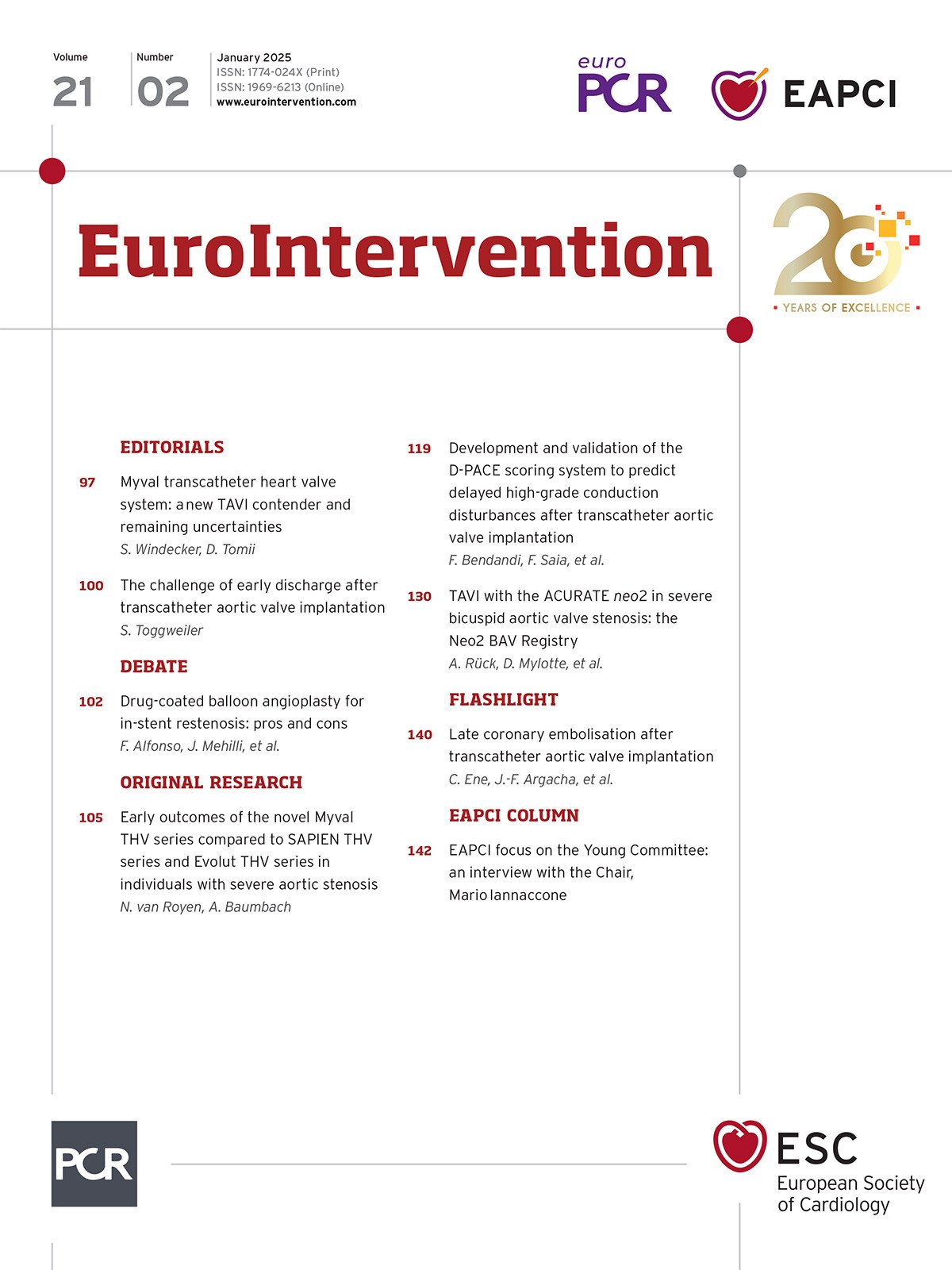In-stent restenosis (ISR) is the leading cause of failure of percutaneous coronary intervention (PCI). Primarily based on neoatherosclerosis or neointimal hyperplasia, ISR has become less common with advancements in stent technology. Both drug-eluting stents (DES) and drug-coated balloons (DCB) have been shown to represent valid alternative options for the treatment of ISR, although they come with distinct benefits and limitations. More specifically, despite a substantial equipoise in the treatment of ISR of bare metal stents (BMS), DCB have been demonstrated to be less effective than repeat DES implantation in treating DES-ISR. As such, 2024 European guidelines on chronic coronary syndromes recommend DES over DCB for the treatment of DES-ISR, with a Class I recommendation. However, numerous anatomical and procedural factors (e.g., lesion complexity, small vessels, stent underexpansion, or prior multiple stent layers) may impact outcomes and could inform treatment modality selection. In light of the current evidence, whether PCI with DES implantation should be adopted as the standard treatment for ISR or whether the decision between DCB and DES should be based on a tailored approach remains controversial.
Pros
...Sign up for free!
Join us for free and access thousands of articles from EuroIntervention, as well as presentations, videos, cases from PCRonline.com

